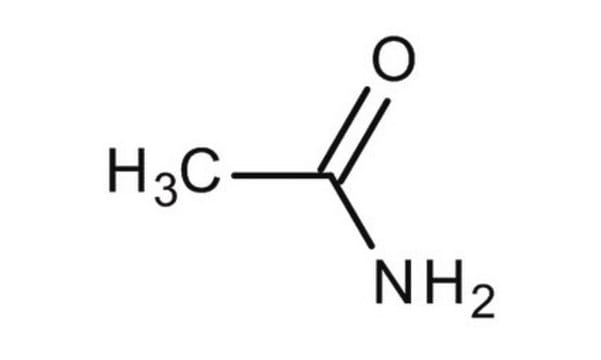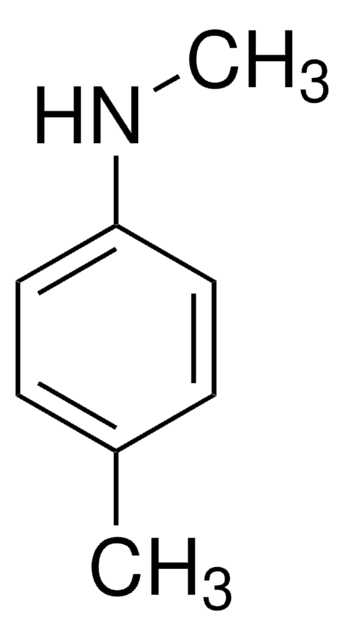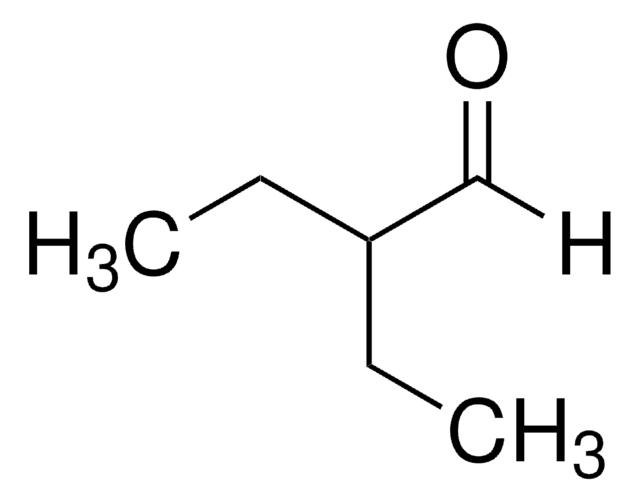T9514
Tetrahydropapaverine hydrochloride
≥90%, powder
Synonym(s):
6,7-Dimethoxy-1-(3,4-dimethoxybenzyl)-1,2,3,4-tetrahydroisoquinoline
Sign Into View Organizational & Contract Pricing
All Photos(1)
About This Item
Empirical Formula (Hill Notation):
C20H25NO4 · HCl
CAS Number:
Molecular Weight:
379.88
EC Number:
MDL number:
UNSPSC Code:
12352200
Recommended Products
Assay
≥90%
form
powder
color
white
solubility
H2O: soluble
storage temp.
2-8°C
SMILES string
Cl.COc1ccc(CC2NCCc3cc(OC)c(OC)cc23)cc1OC
Biochem/physiol Actions
Phosphodiesterase inhibitor.
Signal Word
Warning
Hazard Statements
Precautionary Statements
Hazard Classifications
Acute Tox. 4 Oral
Storage Class Code
11 - Combustible Solids
WGK
WGK 3
Flash Point(F)
Not applicable
Flash Point(C)
Not applicable
Personal Protective Equipment
dust mask type N95 (US), Eyeshields, Gloves
Choose from one of the most recent versions:
Certificates of Analysis (COA)
Lot/Batch Number
Don't see the Right Version?
If you require a particular version, you can look up a specific certificate by the Lot or Batch number.
Already Own This Product?
Find documentation for the products that you have recently purchased in the Document Library.
I Koshimura et al.
Brain research, 773(1-2), 108-116 (1997-12-31)
We report the toxic effects of 3,4-dimethoxyphenylethylamine (DMPEA), and tetrahydropapaverine (THP) on the rat nigrostriatal system; THP is a tetrahydroisoquinoline compound which may be derived from DMPEA by conjugation of DMPEA and its oxidative metabolite, dimethoxyphenylacetaldehyde; both are potent inhibitors
Yunjo Soh et al.
Biological & pharmaceutical bulletin, 26(6), 803-807 (2003-06-17)
Protective effects of quinic acids from Aster scaber on tetrahydropapaveroline (THP)-induced cell toxicity were evaluated in rat C6 glioma cells. Among 4 quinic acid derivatives tested, (-) 4,5-dicaffeoyl quinic acid (QA3) exhibited the highest protective effect against THP-induced cell toxicity.
S Chulia et al.
British journal of pharmacology, 122(3), 409-416 (1997-11-14)
1. In the present work, the properties of 3-methyl isoquinoline, 3,4-dihydropapaverine, tetrahydropapaverine and tetrahydropapaveroline were compared with those of papaverine and laudanosine. The work includes functional studies on rat isolated aorta contracted with noradrenaline, caffeine or KCl, and a determination
K Suzuki et al.
Advances in neurology, 53, 215-218 (1990-01-01)
Effects of MPTP-like compounds on mitochondrial respiration, activity of NADH-ubiquinone oxidoreductase (complex I) and on ATP synthesis were reported. Mitochondria prepared from mouse whole brains were used. The compounds tested include tetrahydroisoquinoline (TIQ), tetrahydropapaveroline (THP), tetrahydropapaverine (THPV), and salsolinol. TIQ
K Suzuki et al.
Neurochemical research, 15(7), 705-710 (1990-07-01)
Since the discovery of 1-methyl-4-phenyl-1,2,3,6-tetrahydropyridine (MPTP)-induced parkinsonism, it has been postulated that (a) MPTP-like toxin(s) such as 1,2,3,4-tetrahydroisoquinoline (TIQ) may induce Parkinson's disease. As the neuronal degeneration in MPTP-induced parkinsonism is thought to be caused by the inhibition of the
Our team of scientists has experience in all areas of research including Life Science, Material Science, Chemical Synthesis, Chromatography, Analytical and many others.
Contact Technical Service








